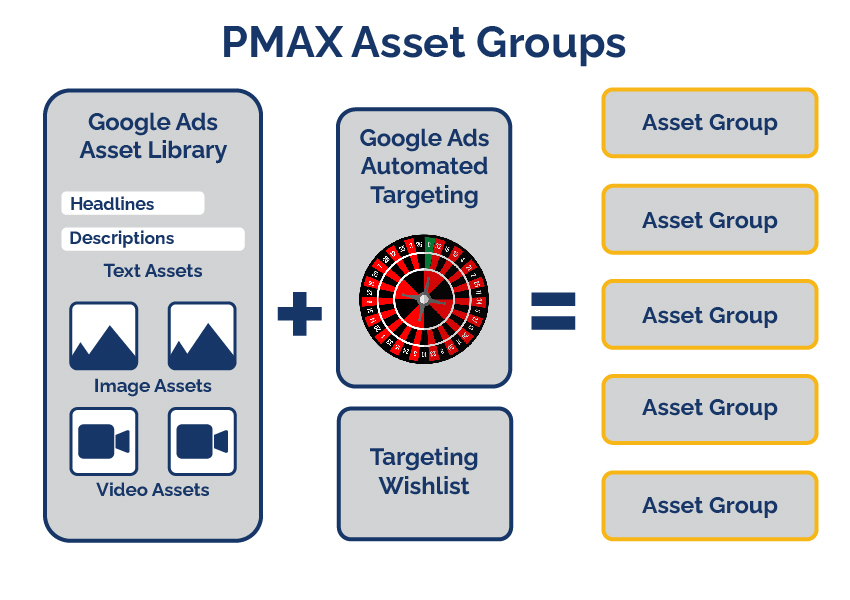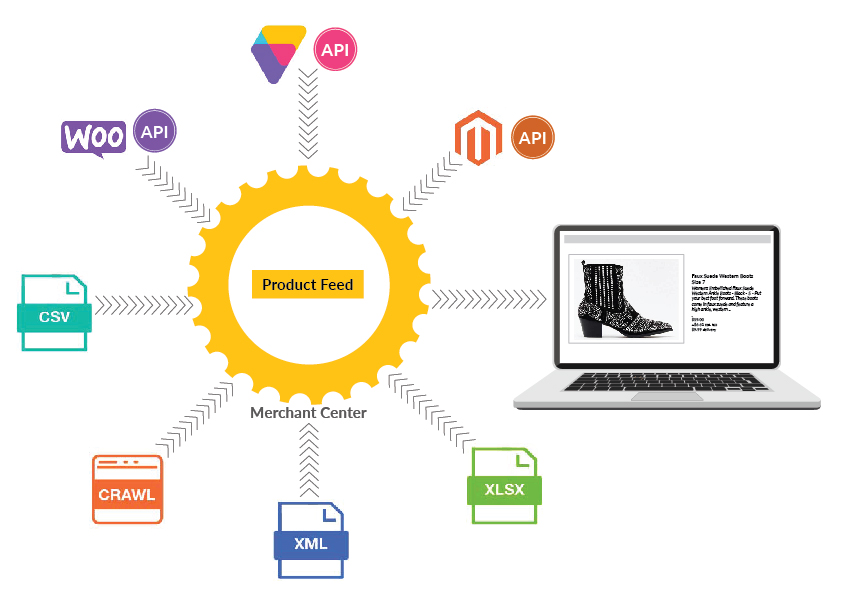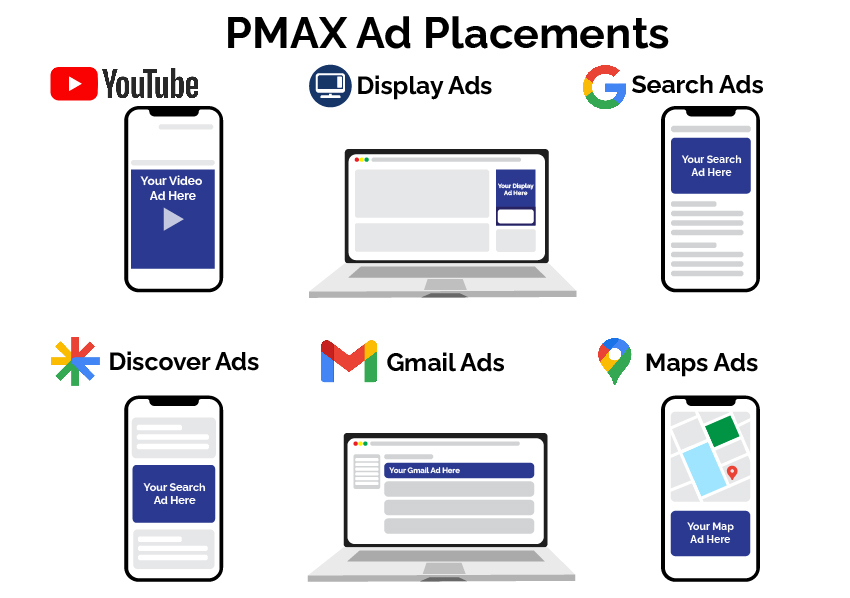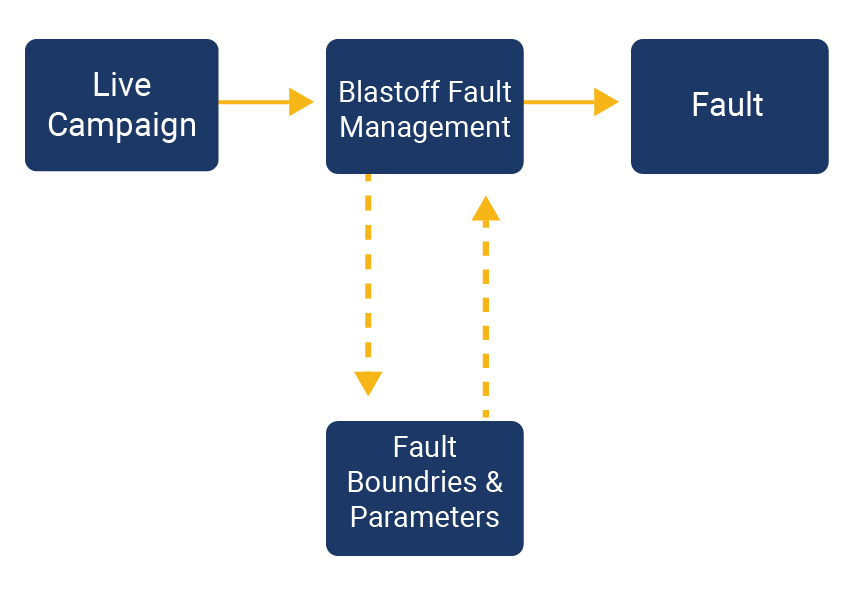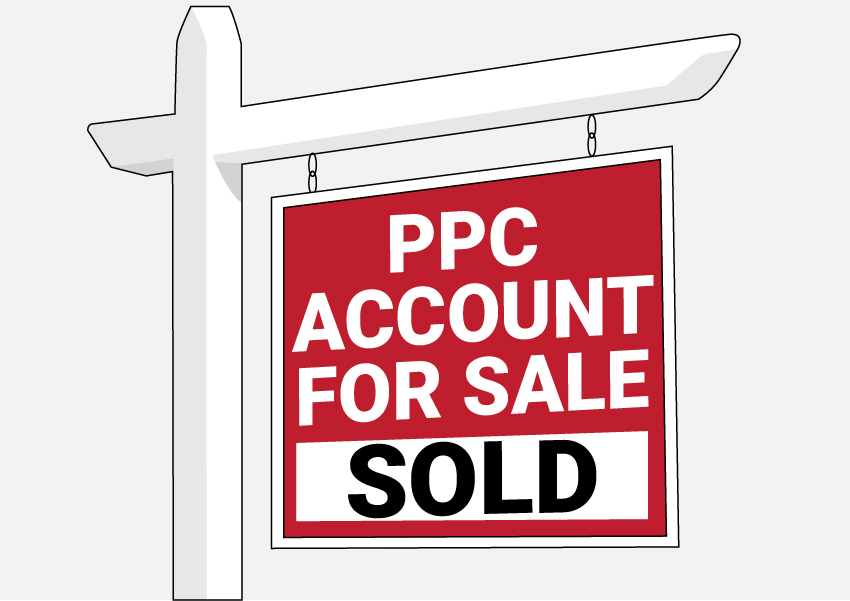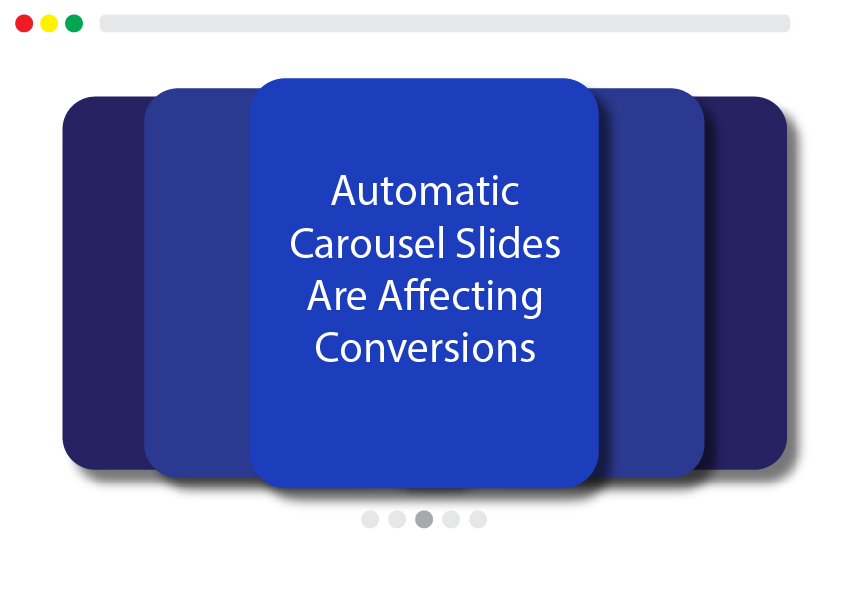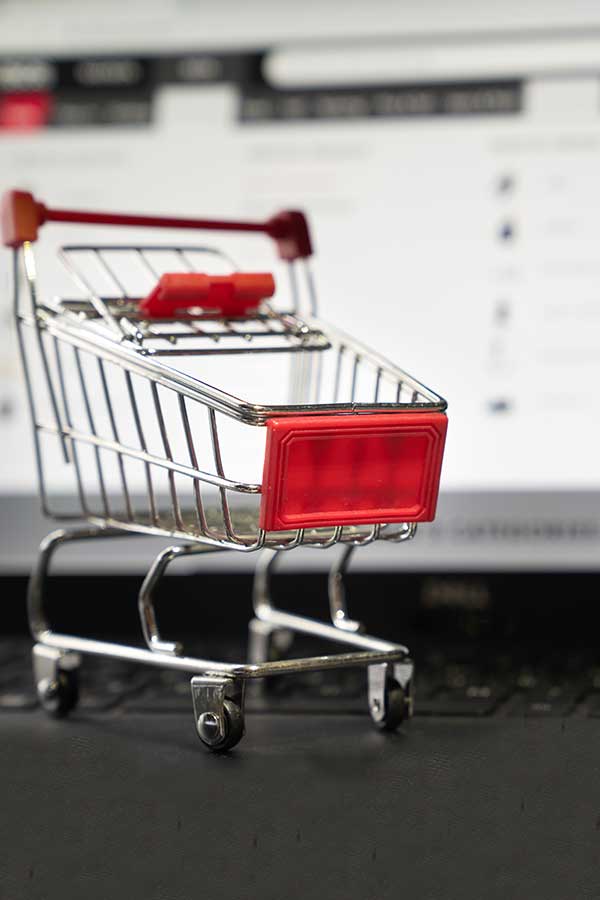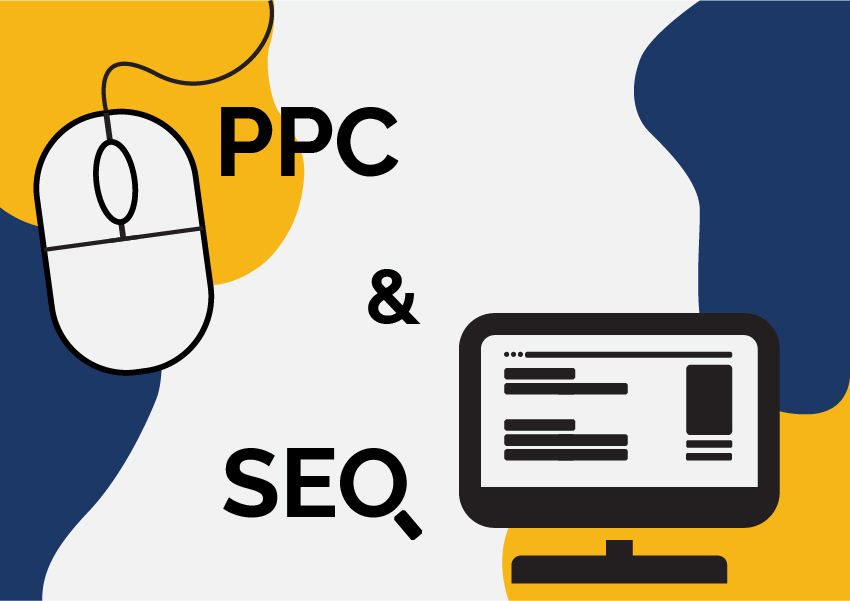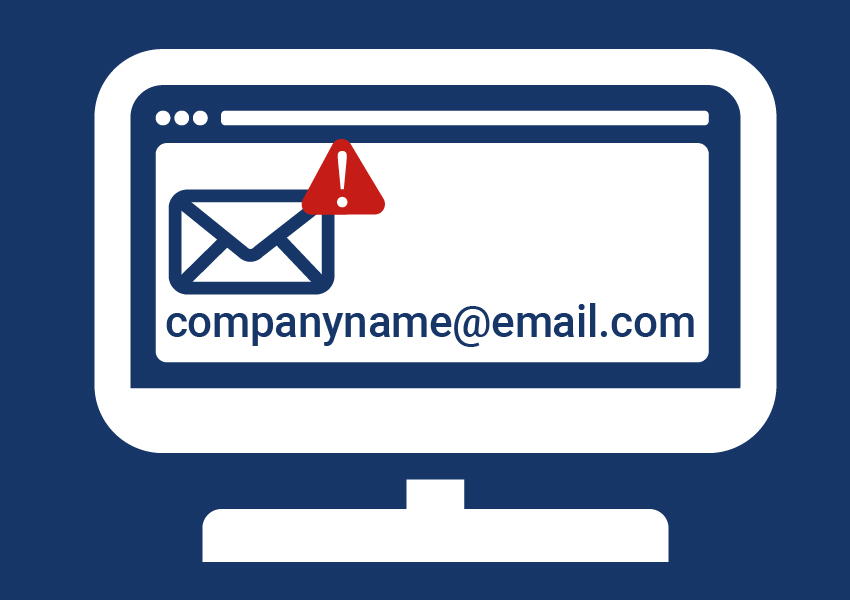Configure PMax Asset Groups
Asset Groups in PMax are containers populated with images, video, ad copy, and targeting information. This facilitates advertising SKUs on a product feed on advertising channels other than Shopping. Each Asset Group is attached to a Listing Group - a collection of SKUs from a product feed.
Listing Groups in PMax are similar to Product Groups in Shopping. They consist of a sub-group of products from a product feed. A listing group could contain an entire feed, but in most campaigns, it will be a subset or category of products.
The first objective when setting up Asset Groups is to populate them with assets representing the cross-section products in an underlying listing group. Along with good ad copy in a range of formats.

